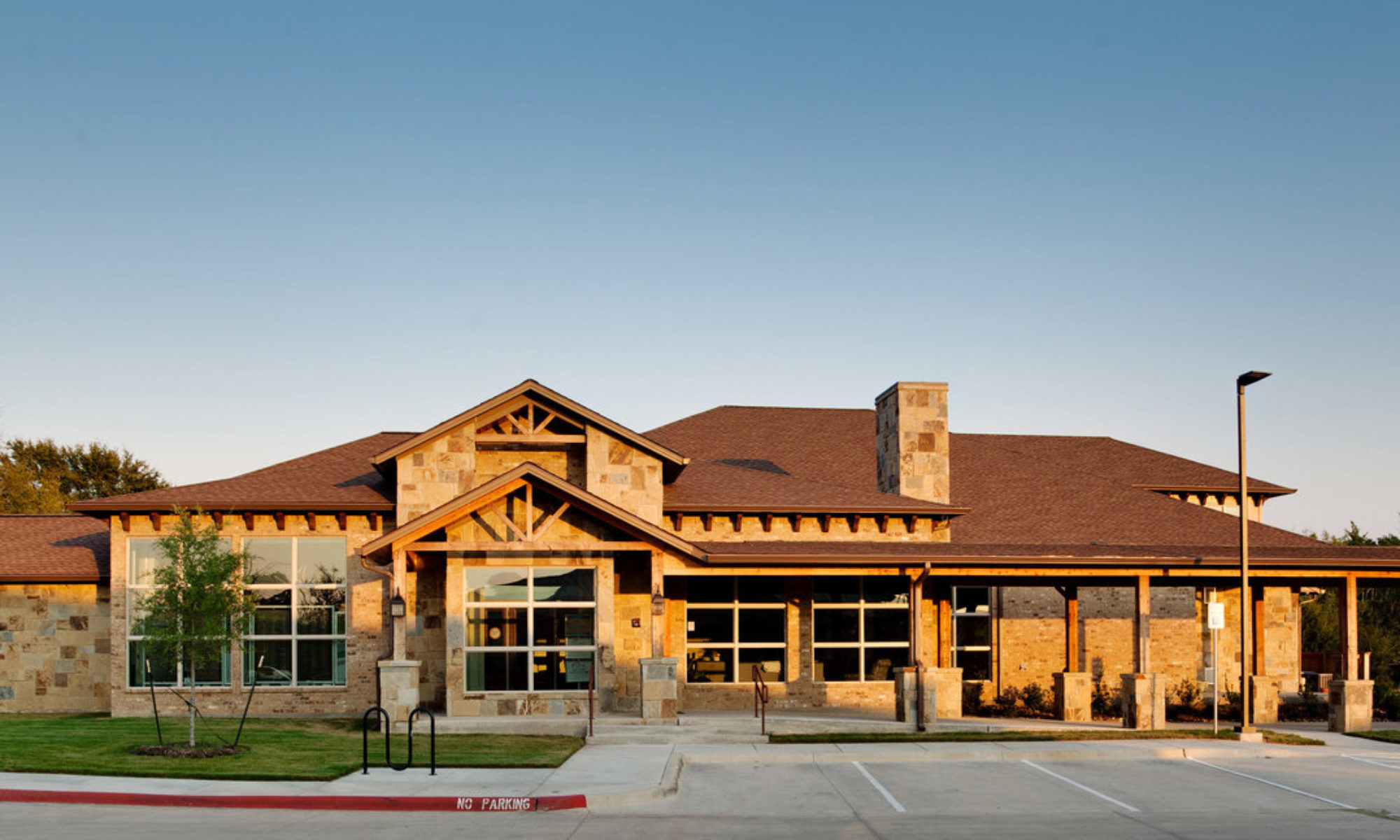There are many types of sleep disorders, but the most common at this time in the ever-growing specialty of sleep medicine are snoring, sleep apnea and insomnia.
- Snoring is easily diagnosed by a bed partner.
- Insomnia or insomnolence is known by the patient and often is the result of pain or anxiety.
- Sleep apnea is the reduction of oxygen in the blood (due to many possible causes), with the obstruction of the upper airway being the most common. The most common forms of diagnosis are a sleep study with a CPAP machine or an oral mandibular advancement orthotic. If the cause is other than upper airway, such as neurological or lower airway, then an oral appliance will not work.

The appliance pulls the mandible forward, thereby opening the upper airway and allowing passage of air. It is critical that the appliance allows free lateral movement of the lower jaw in order to keep the TM joints lubricated at night. Sometimes the snore guard can be modified to function as a TMJ splint.


